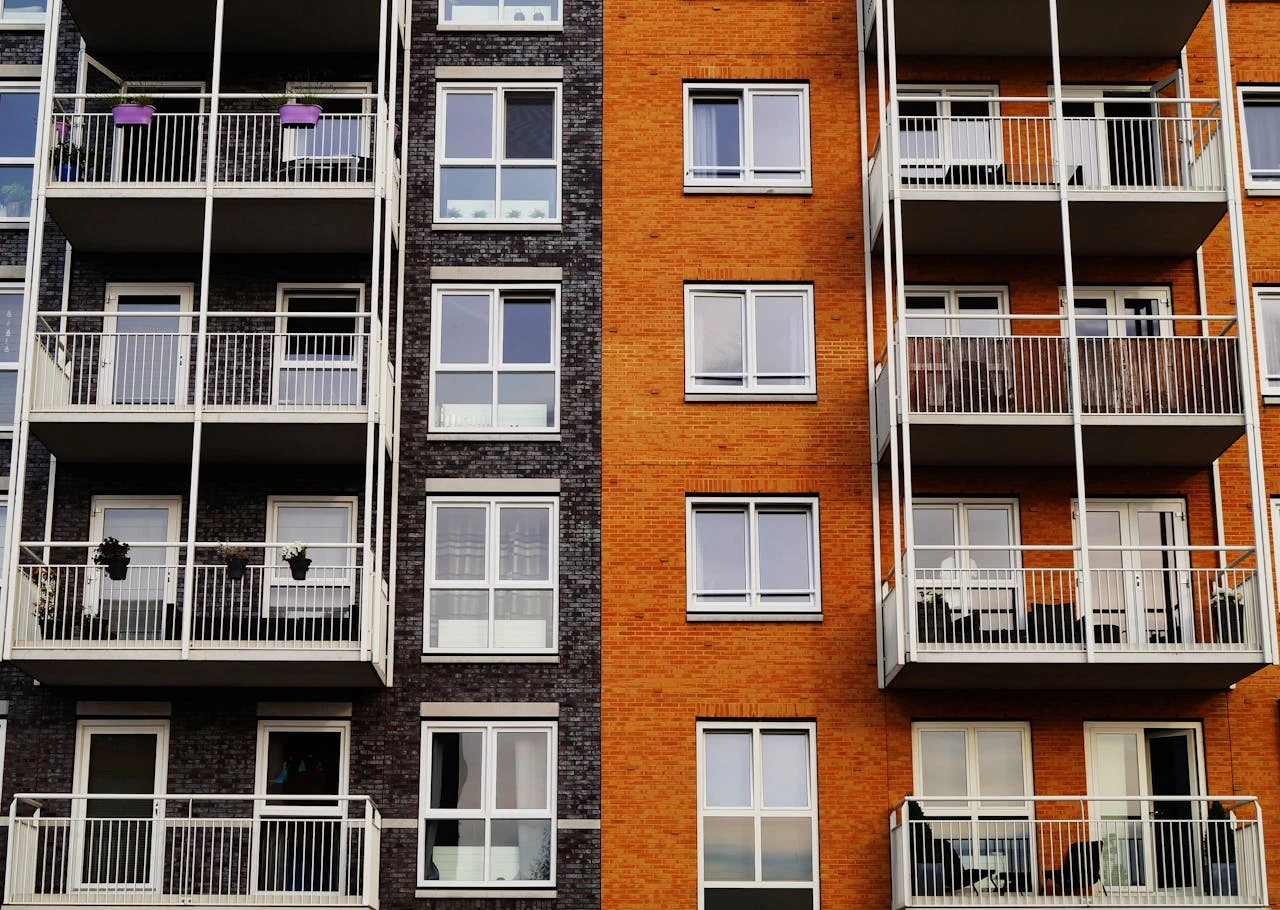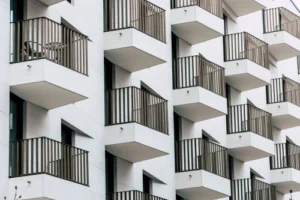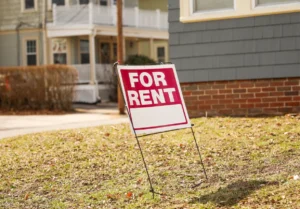
What Is a Rent Stabilized Apartment?
Imagine living in (or renting out) an apartment where rent doesn’t jump hundreds of dollars each year. The price stays steady, the lease keeps renewing, and tenants feel secure staying long-term. That’s the idea behind a rent-stabilized apartment — housing with built-in protections to keep rent increases reasonable and tenants in place.
In this guide, we’ll break down what rent stabilization really means, who it applies to, and what renters and landlords should know.
Main Takeaways
- Rent stabilization keeps rent increases predictable by limiting annual hikes, ensuring tenants can plan ahead and renew their leases with confidence.
- Landlords must navigate restrictions, balancing rent caps with maintenance costs, compliance requirements, and long-term tenant retention strategies.
- Investors see rent-stabilized units as steady assets, offering lower turnover and consistent demand despite slower rental income growth.
How Does Rent Stabilization Work?
Rent stabilization acts as a safeguard for tenants, ensuring that tenants aren’t subjected to sudden and steep rent hikes. In simple terms, rent stabilization is a law that puts a limit on how much tenants’ rent can go up each year. So, instead of waking up to surprise rent hikes, they get more stability and time to plan ahead. For renters and landlords dealing with regulated units, working with experienced property management companies can make it easier to understand these protections and navigate lease terms with confidence.
So, What Does That Really Mean?
For one thing, a tenant’s rent can only increase by a certain amount each year. Usually, this is just a small percentage, set by local regulations. Furthermore, tenants get the right to renew their lease — meaning they generally can stay longer without fearing eviction (unless, of course, there is a valid reason for it). So, it gives the tenant more stability and security to rely on throughout the years.
Where Can You Find Rent-Stabilized Apartments?
Needless to say, you cannot find rent-stabilized apartments everywhere — they mostly exist in cities where rent prices have gone up quickly and affordable housing is hard to come by. In those places, local governments have put rules in place to help keep rent under control and protect tenants from being priced out.
Here are a few cities where rent stabilization is already in place:
- Washington, D.C. – Many rental units are covered by rent control laws that limit how much rent can go up each year in the city. Landlords also have to register their properties with the local government.
- New York City, NY – Rent stabilization is a big deal there. According to the city’s government website, around one million apartments are protected. In turn, this means rent increases are limited and tenants usually have the right to renew their lease.
- Los Angeles, CA – The city has rules that stop landlords from raising rent too much, and they also offer protection against unfair evictions.
Screen Your Tenant Today!
Gain peace of mind with AAOA’s credit, criminal, and eviction reports.
Who Qualifies for a Rent-Stabilized Apartment?
So, who actually gets to live in a rent-stabilized apartment? It mostly depends on two things — the building itself and whether the tenant uses it as their main home. Let’s break it down:
First, the Building Has to Qualify
Not every apartment is rent-stabilized. Usually, the building needs to meet certain conditions, like:
- Construction date – For example, in Washington, D.C., buildings built before January 1st, 1975, are primarily eligible for rent control.
- Number of units – Often, buildings with six or more rental units are included.
- Tax incentives– In some cases, landlords agree to keep rents affordable in exchange for tax breaks. That also puts the apartment under rent stabilization rules.
Then, the Tenant Must Meet a Few Basics
Even if the building qualifies, the tenant must also meet simple conditions:
- They live there full-time – The apartment has to be their main home. In other words, it can’t just a second place or, even worse, their occasional vacation spot.
- They follow lease rules – In order to qualify for rent stabilization, tenants typically must be compliant with their lease. If they are, they generally will count as a protected tenant. In other words, their dedication will be rewarded with steadier prices.
- No income limits (in most cases) – Unless the apartment is part of a special affordable housing program, tenants usually don’t need to meet income limits to qualify. However, you should always check with your area’s program to be sure.
How Landlords Are Affected by Rent Stabilization
Rent stabilization is often viewed through the lens of tenant protections, but it also has a direct impact on landlords, especially when it comes to finances, operations, and long-term planning. Let’s get into it:
Limited Rent Increases
As you can imagine, one of the biggest effects is the restriction on how much rent landlords can raise each year. While this protects tenants from drastic hikes, it also means landlords have to budget carefully. After all, we have observed that in cities with strict rent caps, landlords’ operating costs can rise faster than their income. In particular, this tends to hold especially true during inflationary periods.
Maintenance and Upgrades
When landlords can’t raise rent freely, it can be harder for them to cover the costs of fixing things or upgrading the property. They still want to keep the place safe and in good shape, but without the flexibility to adjust rent with the market, it becomes more of a balancing act.
That said, we’ve seen many experienced landlords shift their focus to playing the long game, with success. Having tenants who stick around, pay on time, and take care of the space can actually save money, and that helps offset the limits on rent increases.
More Paperwork, More Structure
Rent-stabilized units often come with extra steps behind the scenes. Landlords might need to register the apartment with their city (which landlords should always do, anyway), use specific lease formats, or keep track of every rent change.
Yes, it’s a bit more paperwork — but for landlords who have systems in place (or work with a good property manager), it just becomes part of the routine.
Balancing Risk and Return
From what we’ve witnessed with landlords, rent stabilization actually shifts their focus to a wholly different kind of risk. Instead of focusing purely on market growth, their emphasis goes to retention, maintenance efficiency, and staying compliant with evolving housing laws, like D.C.’s apartment air conditioning regulations.
How Investors View Rent-Stabilized Properties
To some investors, rent-stabilized buildings seem like a gamble — capped rental income, strict regulations, and more oversight. But we’ve noticed that for others, especially those playing the long game, they represent consistency, lower vacancy risks, and strong demand in tight markets.
Slower Income Growth and Stable Cash Flow
Since rent increases are limited by law, stabilized properties don’t offer the same kind of rapid cash flow growth seen in market-rate investments. For short-term investors or flippers, that can be a deal-breaker. But for long-term investors, these properties often provide steady, predictable returns, especially in cities where housing demand stays high.
High Tenant Retention
One of the key benefits investors consider is tenant stability. Rent-stabilized apartments tend to have lower turnover rates because tenants are more likely to stay when rent hikes are minimal. This can reduce vacancy costs, lowers marketing expenses, and minimizes wear-and-tear from frequent move-ins and move-outs.
A Strategic Asset — Not Just a Passive One
In our experience, many seasoned investors see rent-stabilized units as a portfolio stabilizer — not the flashiest asset, but a reliable one that holds value in uncertain markets. And when investors hold them over time, the appreciation they get from the property itself often offsets the limits on rental income.
Rent-stabilized apartments help protect tenants against steep rent hikes, maintain predictable increases, and have tighter lease renewal rights. Also, it requires landlords to navigate restrictions on rent increases, maintenance costs, and compliance with local regulations.
Source: Bay Property Management Group













 Accessibility
Accessibility